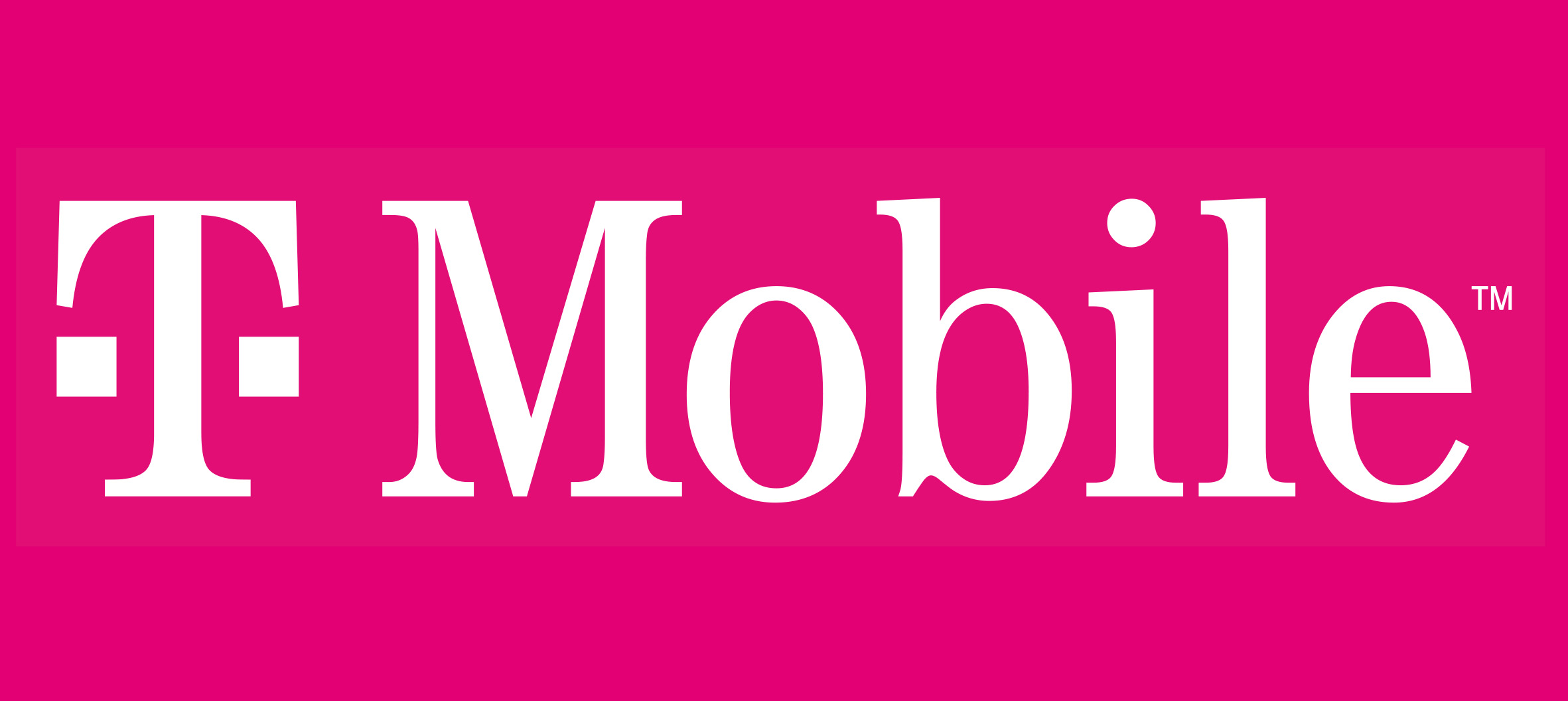Igniting Passion and Diversity in STEM
By Cody Sanford, EVP & CIO, T-Mobile
It wasn’t until my first job out of college—one in the wireless business—that I developed a passion for technology and saw how STEM impacts everything we do. This was the spark that led me to fall in love with the network engineering elements of wireless, and the more immersed I got in the industry, the more exposed and interested I was in other components of technology.
Now, as the father of a teenage daughter who’s interested in STEM subjects and potentially even computer science, I want her to find her own opportunities, discover where her passions lie, and to ensure she has the resources and encouragement to pursue them.
In the U.S., there simply aren’t enough people pursuing STEM to meet growing technology demands. According to the Smithsonian Science Education Center, "78 percent of high school graduates don't meet benchmark readiness for one or more college courses in mathematics, science or English."And then there are barriers to STEM advancement like four or six-year degree requirements for many jobs—which are remarkably difficult for most people to afford. So it’s not that surprising when people like Nasdaq vice chairman Bruce Aust say, “By 2020, there will be one million more computing jobs than there will be graduates to fill them, resulting in a $500 billion opportunity gap.”
What’s clear is we need to make it easier for people to experiment with STEM early in life then create accessible and alternative opportunities to pursue their dreams. Equally important, we need to find ways to dramatically advance gender diversity in STEM fields to accelerate innovation around the world.
Fostering Excitement Around STEM Takes a Village
Organizations like the Washington Alliance for Better Schools (WABS)——partners with school districts around Western Washington State, and is an example of families, teachers, schools, and public and private sector businesses uniting to develop meaningful STEM education and advancement opportunities, because everyone involved can benefit. Hands-on learning and vocational programs like their After School STEM Academy is a great way to help students connect the dots of scientific principles in a fun way. And WABS’ 21st Century Community Learning Centers leverage Title IV funds to help students meet state and local academic standards—from homework tutoring to leadership opportunities that can turn into summer internships or jobs.
As students’ interests in STEM grow, it creates a fantastic opportunity for businesses to see passions play out through hackathons, group ideation, and other challenges. Recently, for the second consecutive year, T-Mobile’s Changemaker Challenge initiative—in partnership with Ashoka—called on youth aged 13 to 23 from the U.S. and Puerto Rico to submit big ideas for how they would drive change in their communities. T-Mobile received 428 entries—a 28% increase over last year— 133 in the ‘Tech for Good’ category. Interestingly, one quarter of all the tech entries were focused on STEM projects and even more interestingly, 63% of all technology category applications were from young women. We saw submissions from apps to robots to video games—all with the goal of changing the world for good. Next up – we’ll announce the Top 30 teams and each of them will receive a trip to T-Mobile’s HQ for the three-day Changemaker Challenge Lab to supercharge their projects along with some seed funding. Three category winners will pitch their ideas to T-Mobile leadership for a chance to win the $10,000 grand prize. To say that these young people’s ideas are inspiring is an understatement!
Accelerating Innovation Through Gender Diversity and Inner-Sourcing
Women aren’t typically well represented in many STEM-focused industries. Gender diversity is crucial to designing and building innovative solutions around the world, including T-Mobile’s products and services. At least half of our customers are female, and of the more than 50,000 employees who make up T-Mobile, 42% identify as female. If our product and technology employees don’t represent the diversity in our community, we stand to lose relevance in the market. By making diversity and inclusion a thoughtful, premeditated, sustained, and structural part of our recruitment and retainment of employees—including network engineers, software developers, data scientists, and other STEM professions—we’re able to foster a stronger company culture and build more innovative, customer experienced obsessed products and services.
Let’s not forget that plenty of STEM-related jobs don’t include “engineer”, “developer”, or “scientist” in the job title across fields that intersect technology and digital customer experiences. One way we’ve cultivated the right talent at T-Mobile is “inner-sourcing” existing employees. For instance, through our Team of Pros program (TOPs), we provide opportunities for our frontline retail and customer care employees to apply for a 6 to 9-month program in a product management capacity to learn and work directly with engineering teams to ensure a tight coupling between what customers really want and the products, apps, training, and troubleshooting resources we design and develop. This is a great opportunity for our frontline employees to pivot into full-time STEM-related roles within T-Mobile corporate, without the need to pursue a formal technology-oriented education.
Championing STEM to Create a Better World
We live in a world where technology is omnipresent however connected, collaborative, and continuous STEM education isn’t equally accessible, and gender diversity is not well represented. To address pervasive global issues like climate change, resource inequality, economic stagnation, disease prevention and others, we need diverse people who understand technical processes and technologies to work together to develop effective solutions. For those of us fortunate enough to reach a level of financial stability in STEM fields, we owe it to the future of our world to give back by leading and inspiring today’s and the next generation of technology leaders.

